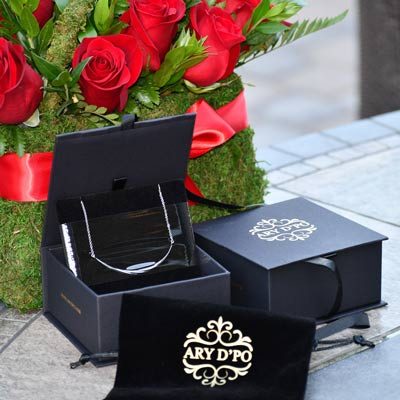Fun Reading
Motherhood And Mother Nature: Life, Love, Art
Happy Mother’s Day!
Mother’s Day is a day for celebrating the connection between mother and child. The relationship between the higher powers and the Earth mirrors this maternal instinct, and constantly appears in culture and art.
Motherhood and creation work together to shape stunning nature around us.
Many cultures view the Earth as a maternal figure. She births the miracles of nature and develops wonders, turning the world into the miraculous place we know it to be.
Motherhood: what does it mean to be maternal?
A maternal feeling describes the love a mother has for her child. It refers to the urge to protect, raise, and care for him or her. Since the dawn of storytelling and the creation of legends, the Earth and nature have been portrayed as maternal figures.
Mother Nature (sometimes known as Mother Earth or the Earth Mother) represents the natural world. Casting the world in this way shows all people as children of the Earth. The Earth is life-giving and nurturing. She has created us all and cares for us like a mother cares for a child: by providing an amazing environment for us to grow in.
The legend of mother nature
How can it be that so many cultures, past and present, have attributed the beauty of the Earth to a maternal, feminine creator? Acknowledging the role of Mother Nature has been an important feature of many cultures.
The Ancient Romans thought of Venus as the goddess of the Earth. “Natura”, as a name for Mother Nature, made many appearances in medieval European literature and art. In Southeast Asia, she is Phra Mae Thorani, in Inca mythology, she is Mama Pacha. In other indigenous cultures, she is Nokomis, the Grandmother.
Like many other cultures, the ancient Greeks personified the Earth as a maternal figure. They created a long and valued tradition of understanding the world through mythology.
Demeter was said to be the goddess of the harvest. Her daughter, Persephone, was abducted by Hades, the god of the dead. Hades took Persephone to the underworld to be his wife. This made Demeter so upset that no crops would grow.
The god Zeus saw people going hungry, so he forced Hades to return Persephone to her mother. However, Hades had already fed Persephone pomegranate seeds, the food of the dead. This meant that from then on, she would have to spend part of each year in the underworld.
When Persephone must go and be with Hades each year, Demeter’s grief manifests as the barren winter months. When she returns, it is spring. The bountiful harvest represents Demeter’s joy for her daughter’s return.
How can we celebrate our mothers and the Earth?

Here at ARY D’PO, we view art and motherhood as two sides of the same coin. We see how protective and proud an artist feels about their art and can only try to fathom the level of care a mother provides for her child.
As the children of our mothers and the children of the Earth, we must reverse the roles. We know we must always be protective and caring of our creators and kind to our brothers and sisters. We use our art and jewelry designs to celebrate nature, the Earth, and all she does for us.

